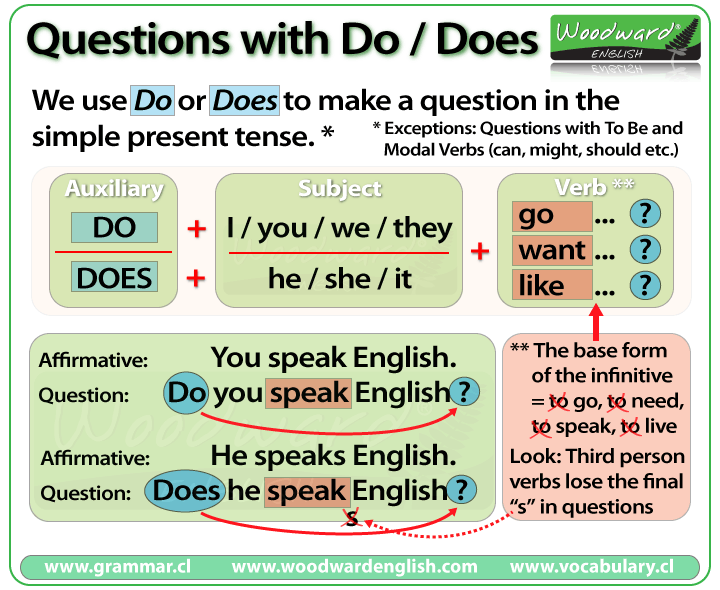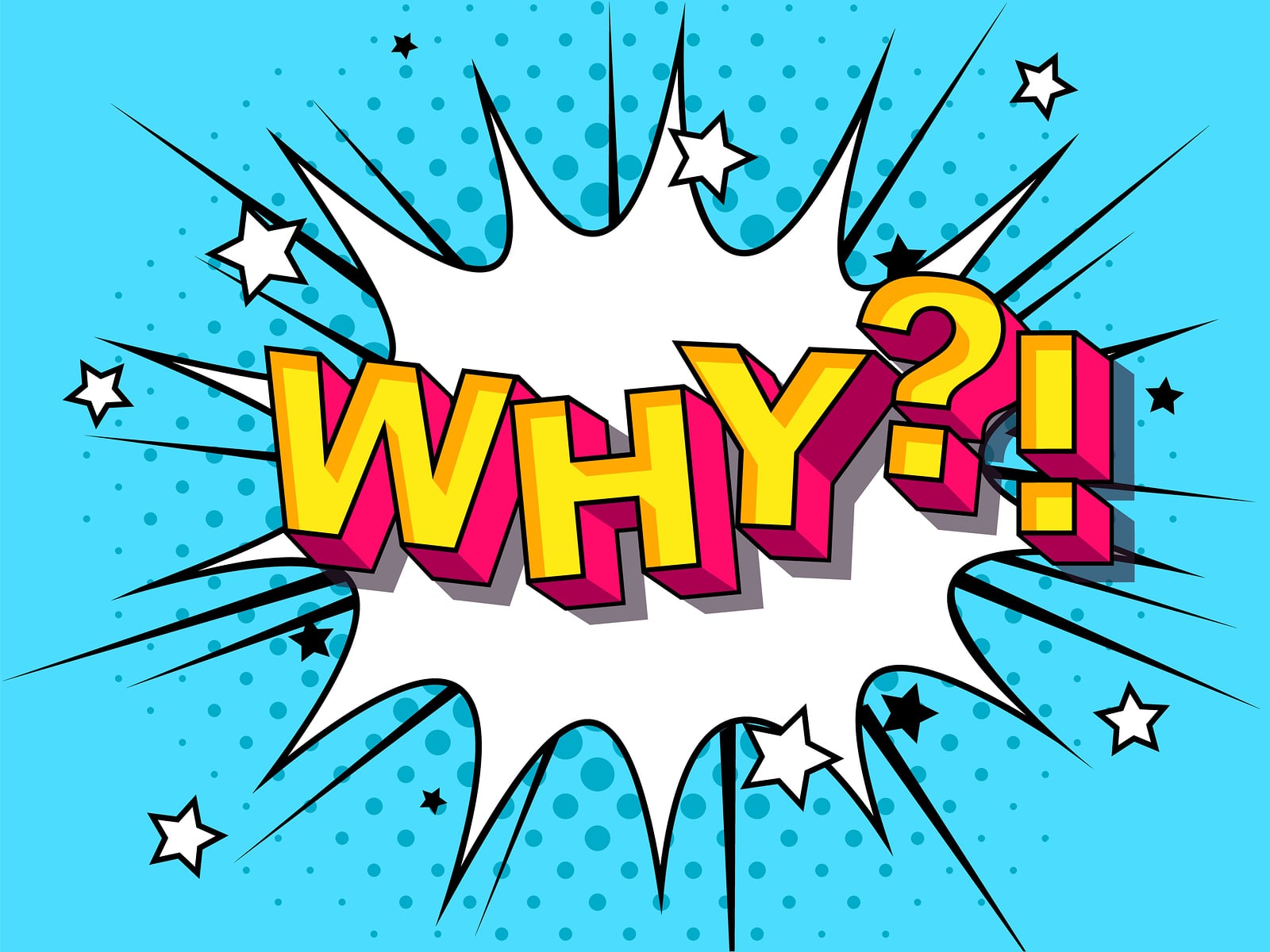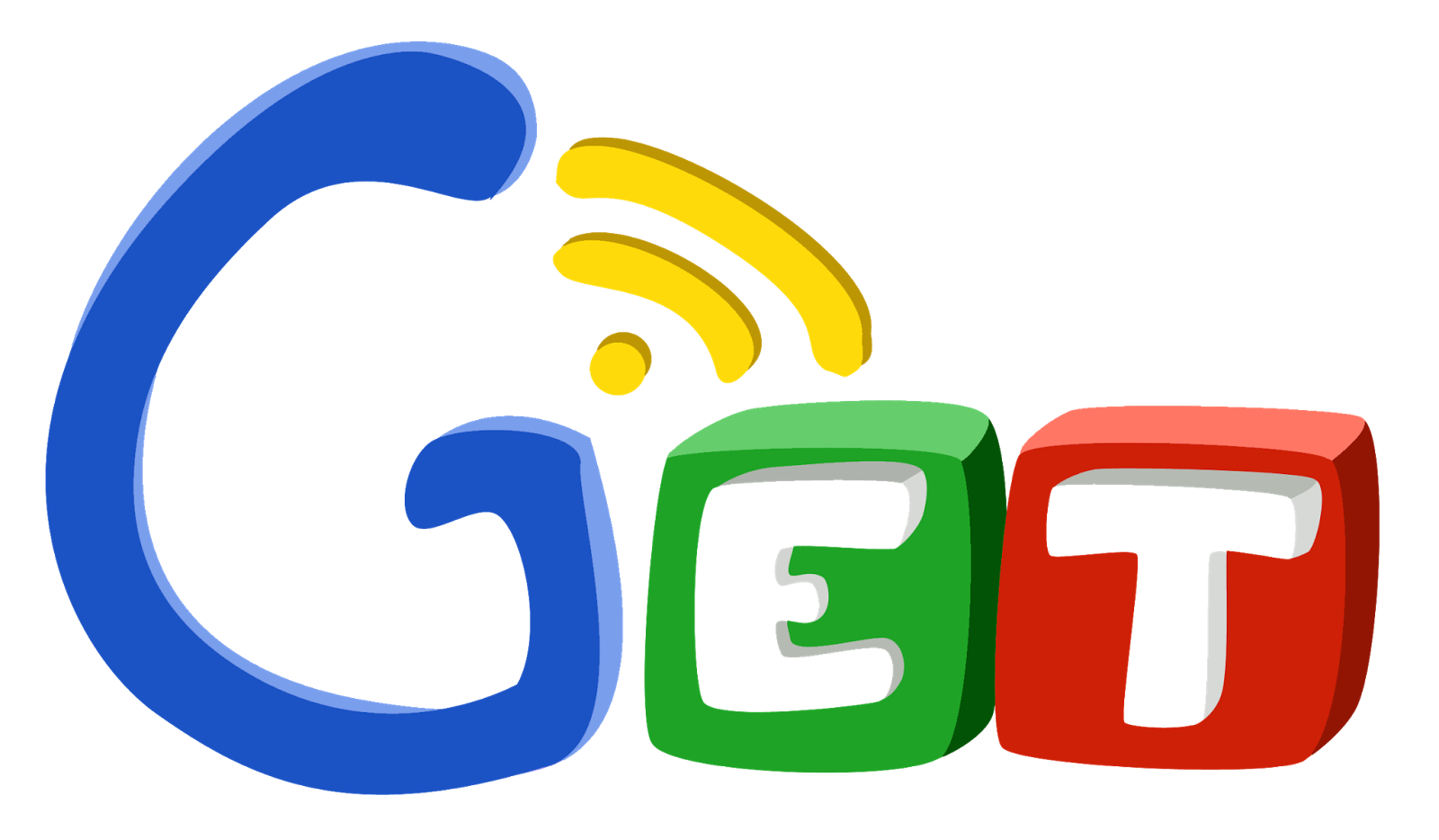Understanding the Difference Between Government and Politics: Foundations, Real-World Impact, and How to Engage
Introduction: Why Understanding Government and Politics Matters
Every society relies on mechanisms to organize itself, make collective decisions, and address shared challenges. Two terms often used interchangeably-but which have distinct meanings-are government and politics . Grasping the difference is crucial for anyone seeking to understand how communities are run, how laws are made, and how individuals can shape the world around them. This article provides a clear, comprehensive guide to these foundational concepts, with real-world examples, actionable steps for engagement, and guidance for accessing opportunities and resources related to civic participation.

Source: ar.inspiredpencil.com
Defining Government: The System of Decision-Making
The term government refers to the structured system or set of institutions that holds authority to make and enforce rules for a community, society, or country. Government consists of formal entities-such as legislatures, executives, judiciaries, and administrative agencies-that carry out the processes of creating, implementing, and interpreting laws. In essence, government is the machinery for organizing society and maintaining order [4] [3] .
Key features of government include:
- Structure: Governments are organized with defined branches (executive, legislative, and judicial) and specific roles.
- Authority: Governments possess the recognized right to make binding decisions for the population, including levying taxes, issuing regulations, and enforcing laws.
- Continuity: The system persists beyond individual officeholders, providing stability and predictability.
Example: In the United States, the federal government is composed of Congress (legislative), the President (executive), and the Supreme Court (judicial). Each branch has specific powers and responsibilities defined by the Constitution [3] .
Defining Politics: The Process of Collective Decision-Making
Politics encompasses the activities, debates, negotiations, and power struggles involved in making collective decisions within a group or society. Politics is not limited to governments; it occurs wherever groups must resolve differences or allocate resources, from local clubs to multinational organizations [2] [4] .
Key characteristics of politics include:
- Process-Oriented: Politics is about discussing, debating, and deciding what should be done and who should do it.
- Power Dynamics: It involves competing interests, alliances, and compromises as individuals and groups pursue their goals.
- Universal Presence: Politics arises in any context where people must make decisions together, from families and workplaces to city councils and international organizations.
Example: When citizens join advocacy groups, participate in protests, or negotiate community projects, they are engaging in politics-even if these actions don’t involve formal government structures [2] .
Government vs. Politics: Core Differences and Real-World Implications
Understanding the distinction between government and politics helps clarify how societies function and how individuals can influence change. Here are the primary differences:
| Aspect | Government | Politics |
|---|---|---|
| Definition | Formal system/institutions that exercise authority and enforce rules | Process of making decisions, resolving conflicts, and distributing power |
| Scope | Nation, state, city, organization (as a structured entity) | Any group or context where decisions and power are negotiated |
| Main Activities | Law-making, enforcement, administration | Debate, electioneering, lobbying, coalition-building |
| Continuity | Endures over time; persists beyond individual leaders | Dynamic, changes with issues and participants |
| Participation | Public officials, civil servants | Anyone involved in decision-making or advocacy |
Illustrative Case Study:
Consider a city council meeting debating whether to fund a new park. The
government
consists of the elected council members and city departments.
Politics
unfolds as citizens lobby for or against the project, council members debate, and compromises are reached
[4]
.

Source: riset.guru
Why the Distinction Matters: Practical Applications
Recognizing the difference between government and politics helps you:
- Understand how laws and policies are created, implemented, and changed.
- Identify opportunities for influence-whether through electoral politics, public advocacy, or direct engagement with government institutions.
- Navigate civic life more effectively, from voting to public service to community organizing.
For example, you may be frustrated by a law (government action) but recognize that changing it requires involvement in the political process-such as joining a campaign, contacting representatives, or participating in public hearings [2] .
How to Engage: Step-by-Step Guidance for Civic Participation
Whether you want to influence government decisions or become more politically active, here are actionable steps to get involved:
- Become Informed: Read local, national, and international news from reputable sources. Seek out official government websites, such as usa.gov for U.S. federal information or your local city or state portal. For understanding how laws are made, you can review resources from established educational institutions.
- Register to Vote: In most democracies, voting is the primary way citizens influence government. In the U.S., you can register through your state’s official election website. Search for your state’s official election board to find accurate registration instructions.
- Participate in Public Meetings: Attend local government meetings, town halls, or hearings. These are often listed on city or county government websites. If unsure, contact your city clerk’s office or search for “[Your City] council meeting schedule.”
- Contact Elected Officials: Government representatives can be reached via official government websites, where you can find contact forms, phone numbers, and mailing addresses. Search for your representative’s official page using their name and office.
- Join or Start Advocacy Groups: Many political issues are addressed by community organizations, nonprofits, or grassroots groups. Look for established groups through national directories or by searching for your cause and location.
- Educate Others: Share reliable information and encourage informed discussion about government and politics in your community or online. Use nonpartisan educational resources when possible.
Alternative Pathways: If you are unable to vote (due to age, citizenship status, or other reasons), you can still influence politics by volunteering, attending public forums, or submitting public comments on policy proposals. Many government agencies accept public input through official processes-check agency websites for participation opportunities.
Overcoming Challenges: Navigating Barriers
Some common obstacles to civic participation include lack of information, skepticism about impact, or unfamiliarity with processes. Solutions include:
- Seeking out nonpartisan voter guides and educational resources from official government or established nonprofit organizations.
- Connecting with local libraries, which often host civic education workshops or provide access to government documents.
- Reaching out to community leaders or educators for mentorship on navigating political and governmental systems.
Summary and Key Takeaways
While government refers to the system of institutions and rules for organizing society, politics is the dynamic process by which decisions are made and power is negotiated. Both concepts are vital to understanding how communities operate-and how individuals can make a difference. By becoming informed, participating actively, and navigating official channels, you can engage meaningfully with both government and politics. Always use official resources when taking action, and verify the legitimacy of websites or organizations before sharing personal information or making commitments.



